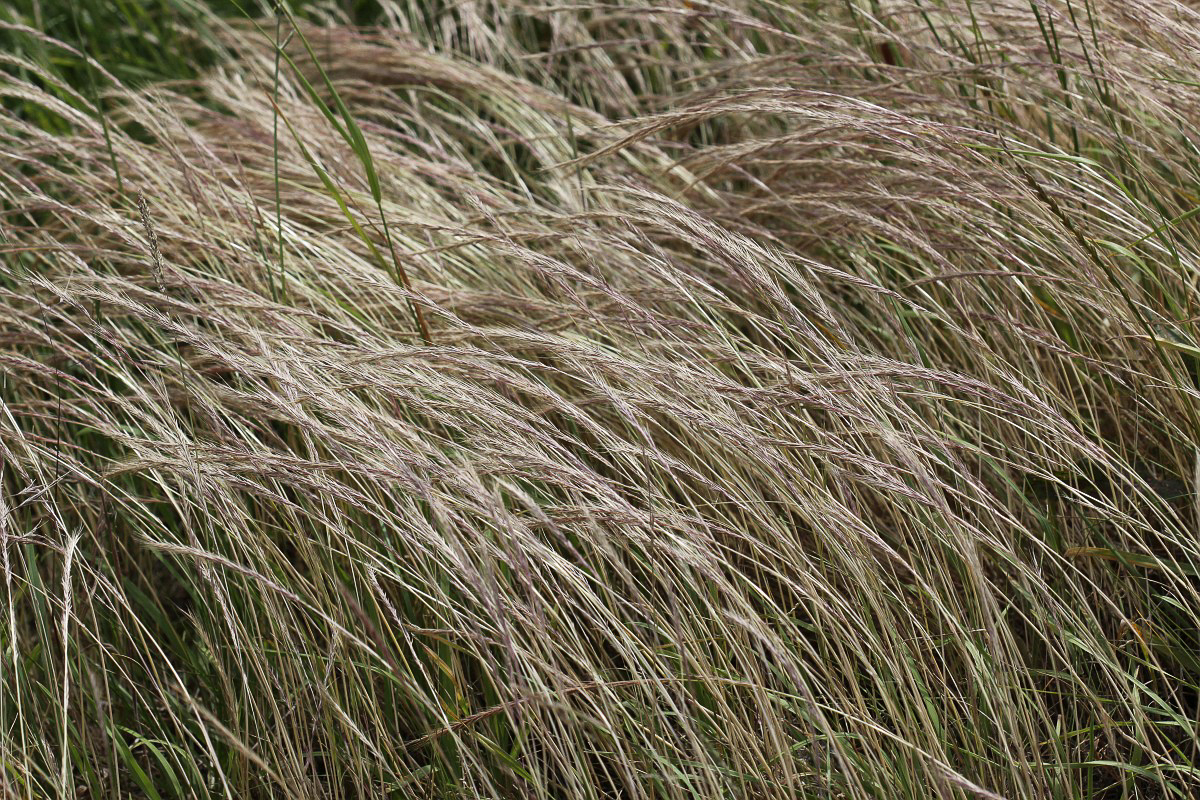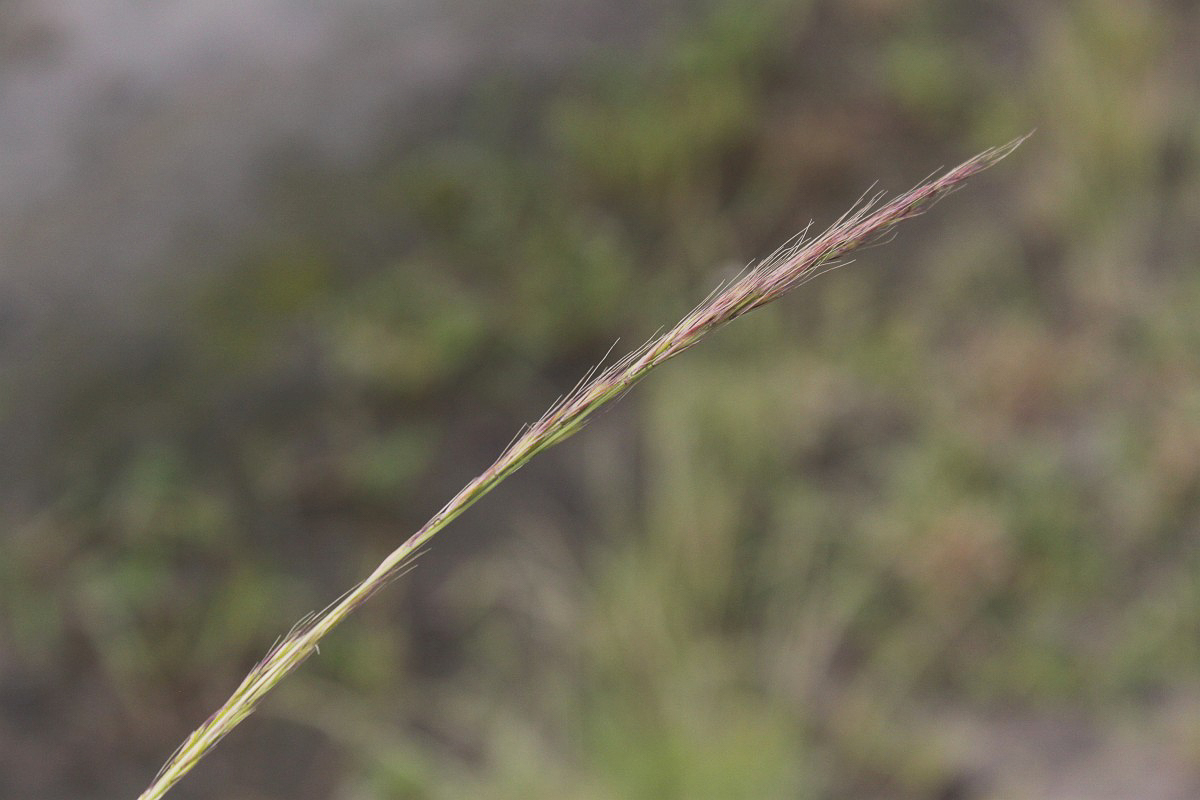Paléo thin
Scientific name: Festuca myuros L.
Family name: Poaceae
MORPHOLOGY
Habit and dimensions: an annual herbaceous plant that grows up to a height of about 20-60 centimeters.
Stem: upright and green in color.
Leaves: narrow and lanceolate.
Flowers: gathered in terminal spikes, long and narrow. Flowering occurs between April and June.
Fruits and seeds: pedunculated spikelets bearing spindle-shaped seeds called caryopses, up to 5 millimeters in size. Each plant can produce from 500 to 5,000 seeds.
DISTRIBUTION AND HABITAT
Species native to Eurasia, subsequently becoming subcosmopolitan and present in all regions of Italy. In Australia and some areas of America, it is considered invasive. It is found in arid fallows, road edges, and pastures up to 1,000 meters above sea level, preferring acidic soils.
USE
No known use.
INTERESTING FACTS
The genus name Festuca means “little straw” in Latin, while the specific name derives from the Greek mys (= mouse) and urà (= tail). Paleo Thin is also called mouse tail fescue, referring to the shape of the inflorescence.
Photo: Free licensed by Saxifraga – Willem van Kruijsbergen and Peter Meininger



















